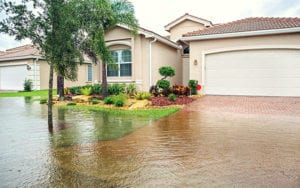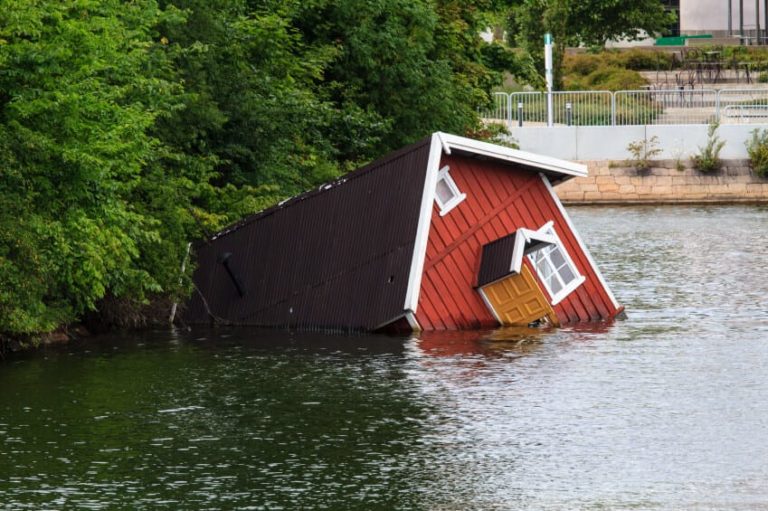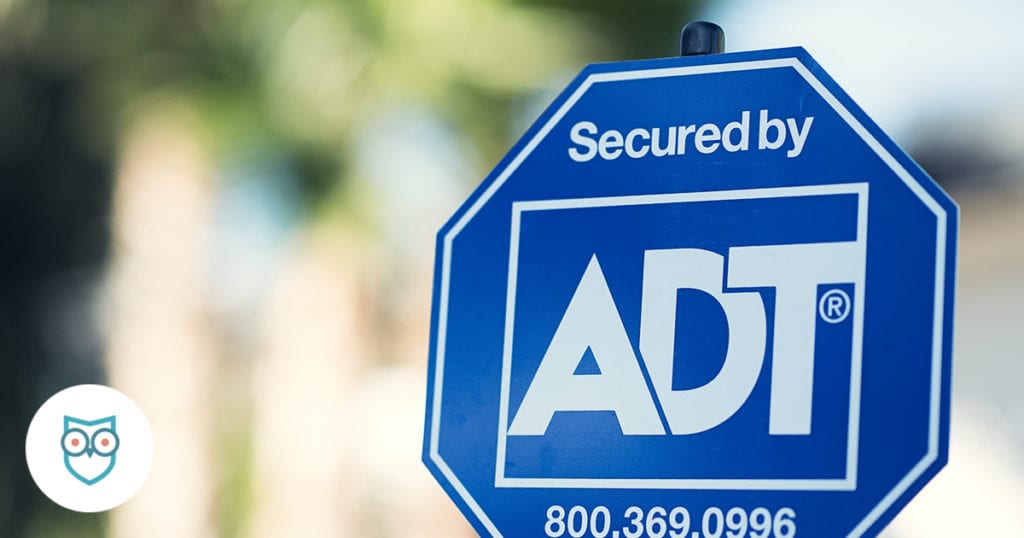Every home has some level of risk for flooding. According to the Federal Emergency Management Agency (FEMA), all 50 states have experienced some amount of flooding in the past five years. However, flash floods, hurricanes, and natural disasters aren’t the only things that can cause a home to flood.
Leaky pipes, a broken water main, appliance malfunctions, and other unexpected household problems can also lead to flooding.
But there are things you can do to lower your risk and minimize damage if your home floods. These eight steps will help you keep the water out and protect your valuables.





